Cantharidin Wart Treatment Aftercare
Cantharidin wart treatment aftercare. If you would like more information about wart t. Over the next 12-24 hours it may cause the skin to blister. Here is a video that shows what it looks like after having Cantharidin treatment that can be used for warts.
You can take it off sooner if you feel a burning sensation or severe pain on the site. Expect blistering within 24 hours. You should remove the Band-Aid and wash the area with soap and water after about 6 hours.
If your doctor used REGULAR CANTHRARONE. Instructions on leaving office were to leave bandaid of for 6 hours then remove. SELF-TREATMENT AT HOME Your wart has been covered with a non-porous tape to help the CANTHARONE penetrate.
Cantharidin is a painless liquid blistering agent that is used to treat a variety of skin growths. A blister will form within 2448 hours. Remove tape if used and then wash the cantharidin off thoroughly with soap and water no longer than FOUR HOURS after it was applied in the office.
1 Mild to moderate pain Please use Tylenol 2 Burning sensation Please use cold water or ice water compresses to relieve this 3 ItchingEczema You may use a 1 cortisone ointment should there be an itchy rash or eczema twice daily for 5 days. The doctor will instruct you to wash the area with soap and water after 4 hours. Cantharidin is a vesicant which means it causes the skin to blister.
The tape should then be removed and the area washed with soap and water. For topical treatment cantharidin is prepared as a 07 solution in equal parts of acetone and flexible collodion U. The side effects of wart removal via cantharidin are typically mild and can include tingling itching or burning sensation around the treatment area over the first few hours after being applied.
Since cantharidin can cause breaks in the skin infection is possible but extremely uncommon if the site is properly cared for and kept clean. The kind which has a glass rod fixed to.
Instructions on leaving office were to leave bandaid of for 6 hours then remove.
Combinations of cantharidin 1 podophyllin 2 salicylic acid 30 CPS1 solution cantharidin 1 podophyllotoxin 5 salicylic acid 30 CPS2 and cantharidin 1 podophyllin 20 salicylic acid 30 CPS3 solution are also available for the treatment of warts. Topical cantharidin treatment causes formation of blisterswithin24to48hoursHealingiscomplete4to7 daysafterapplicationPatientswilltypicallyfeelatinglingor burningsensationwithinafewhoursofapplicationThe painandtendernessassociatedwiththeblisterusually occursafterabout24hoursandlasttwotofourdays. Since cantharidin can cause breaks in the skin infection is possible but extremely uncommon if the site is properly cared for and kept clean. You should remove the Band-Aid and wash the area with soap and water after about 6 hours. At hour 4 I started to feel burning and I hung in there for 55hrs with the burning so bad I can barely walk and had to pull an old pair of crutches out of back of closet to hobble around the house. You can take it off sooner if you feel a burning sensation or severe pain on the site. The kind which has a glass rod fixed to. When cantharidin is applied to a growth blisters form within one to two days 1. The tape should then be removed and the area washed with soap and water.
It is applied to a wart which is then covered by a bandage or tape. Cantharidin Treatment Cantharidin is a medication which is most often used in the treatment of warts and wart-like bumps known as molluscum contagiosum. The tape should then be removed and the area washed with soap and water. Cantharidin is a painless liquid blistering agent that is used to treat a variety of skin growths. For topical treatment cantharidin is prepared as a 07 solution in equal parts of acetone and flexible collodion U. The liquid is allowed to dry and then covered and sealed with nonporous tape for 46 hours. Cantharidin is a vesicant which means it causes the skin to blister.
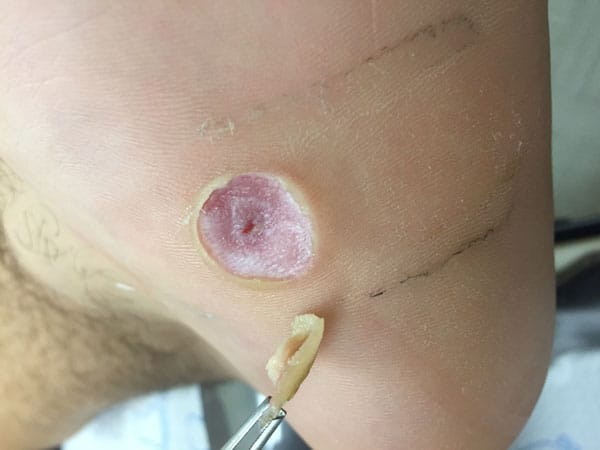
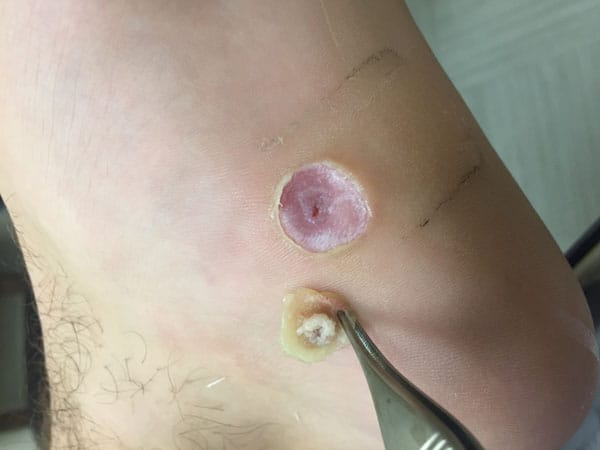

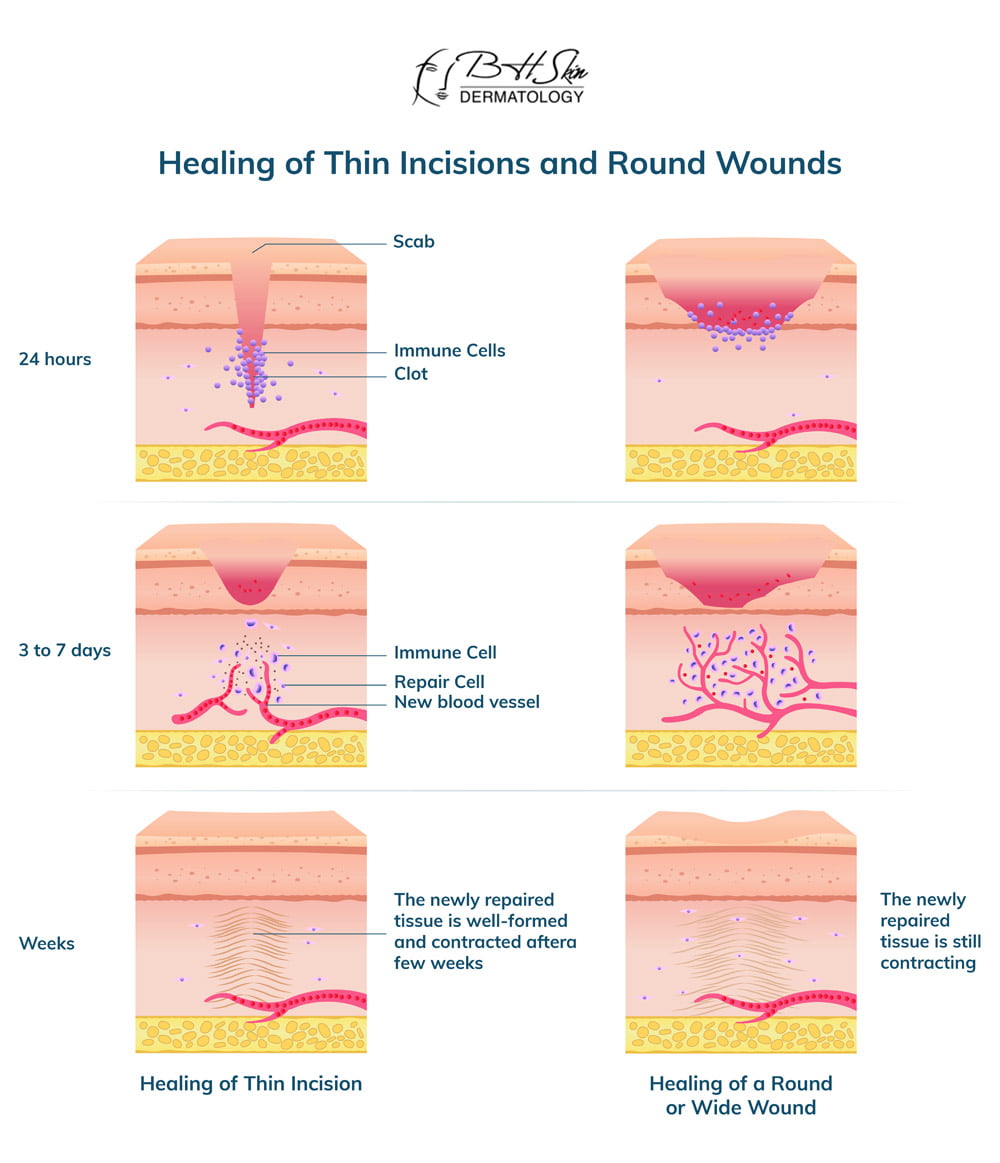


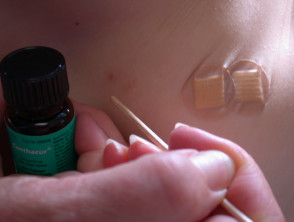







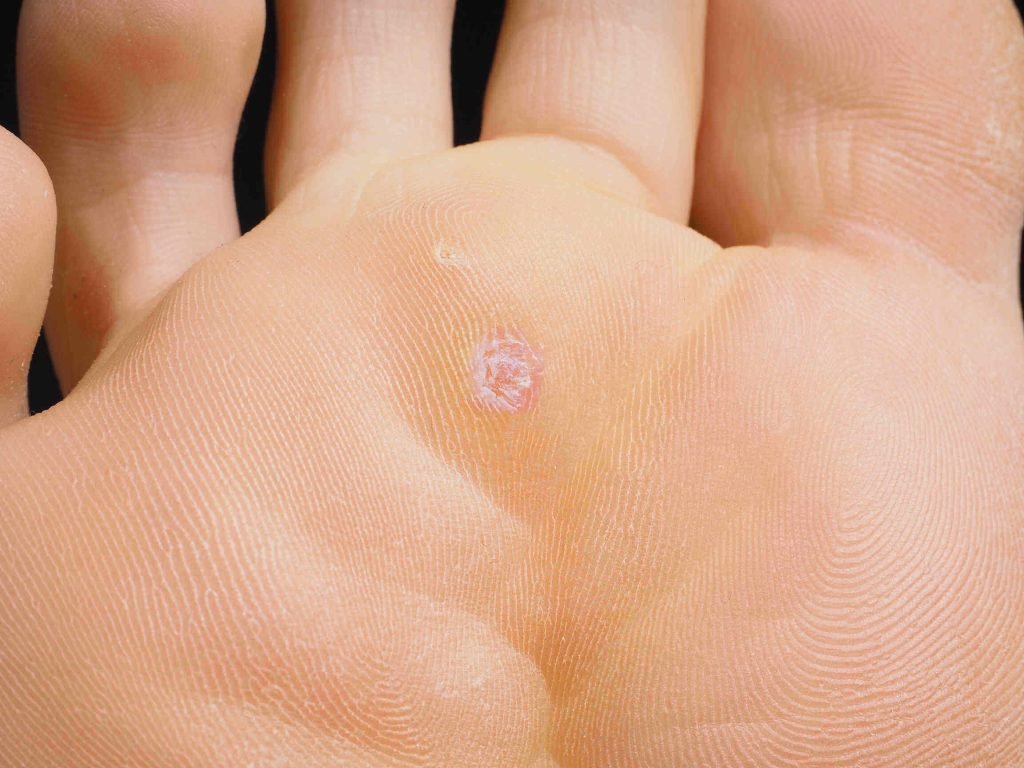

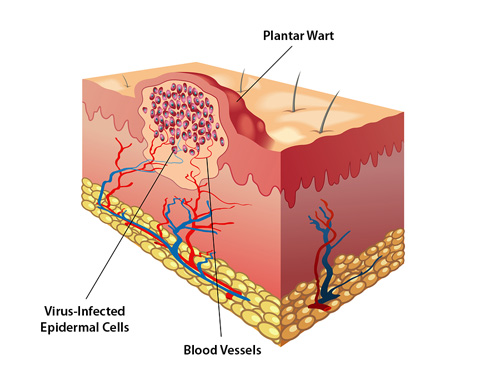


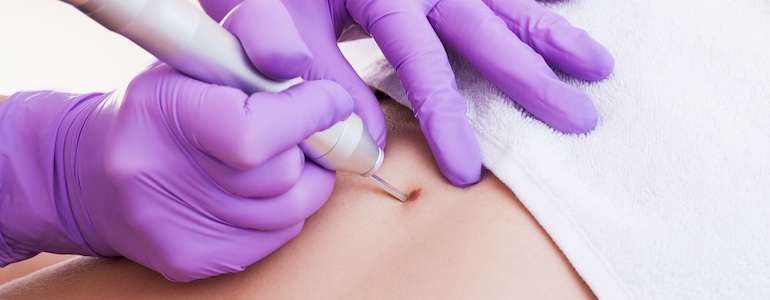


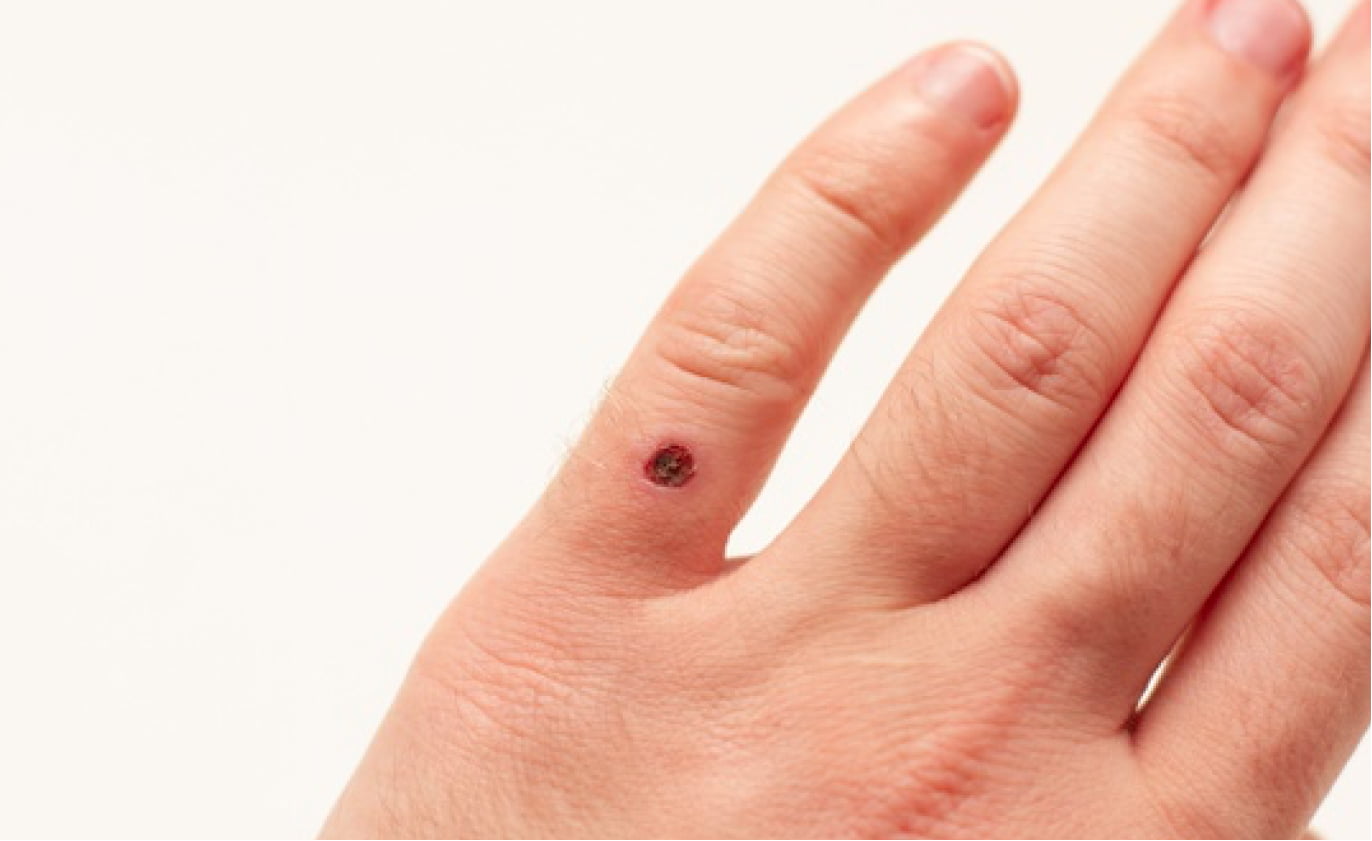

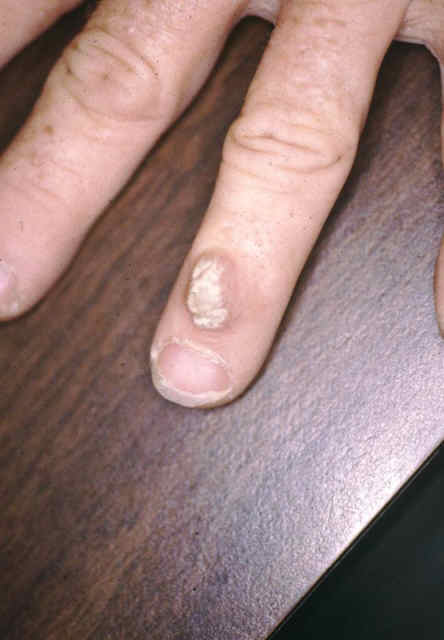






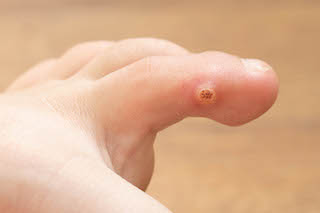






Post a Comment for "Cantharidin Wart Treatment Aftercare"